CHAPTER 5:
The
Abandoned,
The Untouched
and The
Unknown
At this point of the
journey, you might
be wondering about
all the cities and
towns you have
visited, but have
you ever thought of
what can you possibly find if you just stopped in the middle of your trip from one to another? What
lies outside the reaches of modern civilization? What secrets and history can be discovered outside
the cities or towns? Only one way to find out.
Castles, Palaces and Mansions
Great Britain is known to be probably
the most royal country in the World
due to their high number of kings,
queens, noble citizens and related
history. There is no secret that every
high-ranked member of society must
stand out with his/her unique
residence. Normally a king, queen, duke or duchess would pick a castle to settle in whereas a knight
or a lord would live in a palace or a mansion. With a great amount of noble history comes a great
amount of residences that can be visited, explored and discovered today.
139

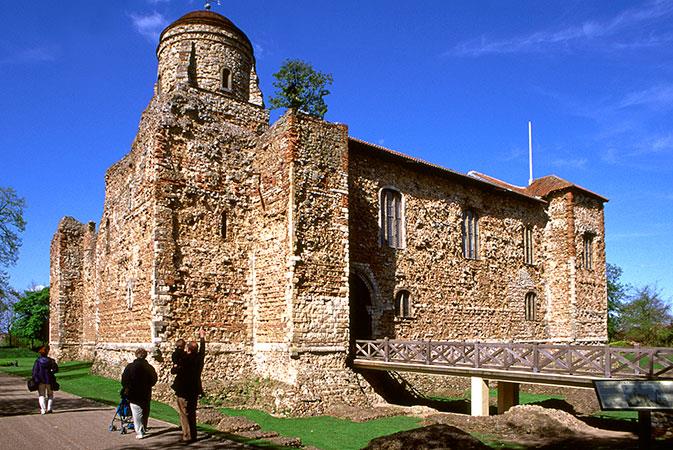


Colchester Castle
The Norman baron, Eudo
Dapifer, built Colchester
Castle, 1075 - 1080, around
the podium of the Roman
Temple of Claudius, creating
the largest Norman keep in
Britain.
Colchester had been the first
Roman capital of Britain, and
the castle is largely built from materials salvaged from the surrounding Roman remains. The castle
was partially demolished
in 1683, which has led to
much speculation about
its original height, with
the addition of another
two storeys being the
most popular theory.
Location: Colchester
Castle is situated in
Castle Park at the
eastern end of the High
Street.
Address: Colchester Castle Museum, Castle Park, Colchester, Essex CO1 1TJ
Access: Colchester Council. Open to the public. Admission fee £18.25
Website: For further information visit www.cimuseums.org.uk
140

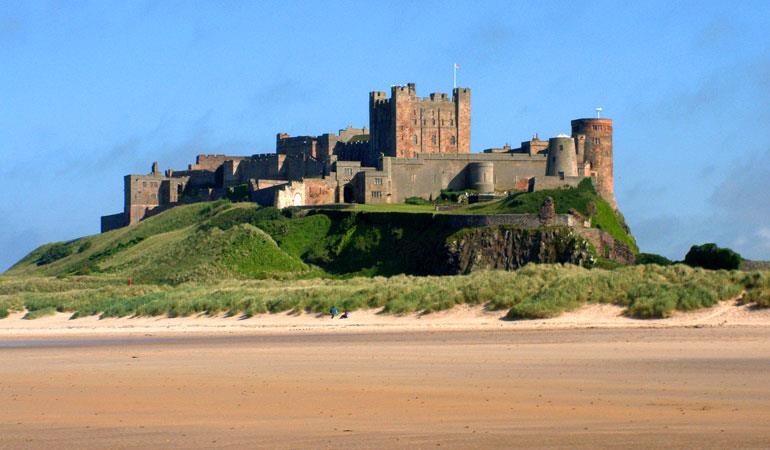

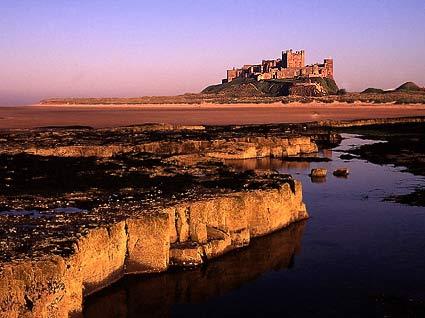
Bamburgh Castle
Standing high on a basalt outcrop,
overlooking the North Sea,
Bamburgh Castle is one of the
most impressive looking castles in
England. It is visible for many
miles, and from its battlements
offers views of Lindisfarne Castle
on Holy Island, the Farne Islands
and the Cheviot Hills.
Excavation has revealed that the
site has been occupied since the
1st century BC and that it was in
use during the years of the Roman
occupation. The first historical
mention of Bamburgh is in 547
when it appears as the seat of an
Anglo-Saxon king, Ida. Ida's
grandson Ethelfrith gave the castle
to his wife Bebba. Over the years
'Bebbanburgh' became Bamburgh.
Location: Bamburgh Castle is situated 42 miles north of Newcastle-upon-Tyne and 20 miles south of
Berwick-upon-Tweed. Take the B1342 from the A1 at Belford to Bamburgh
Address: Bamburgh Castle, Bamburgh, Northumberland, NE69 7DF
Access: Privately owned. Open to the public. Admission fee £10.50
Website: For further information visit www.bamburghcastle.com
141

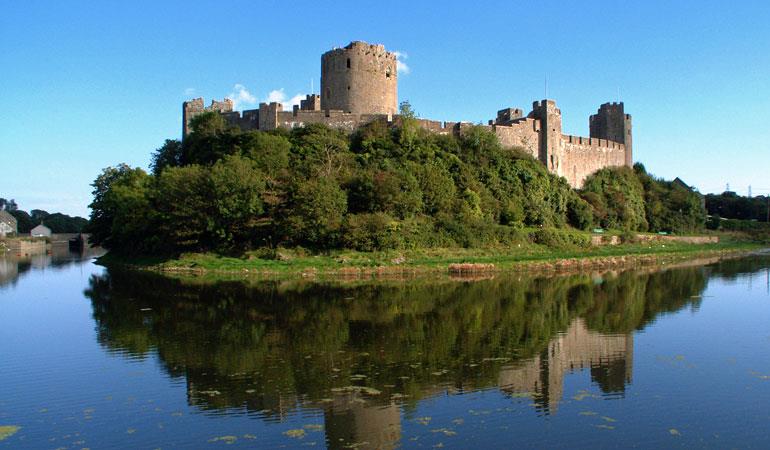

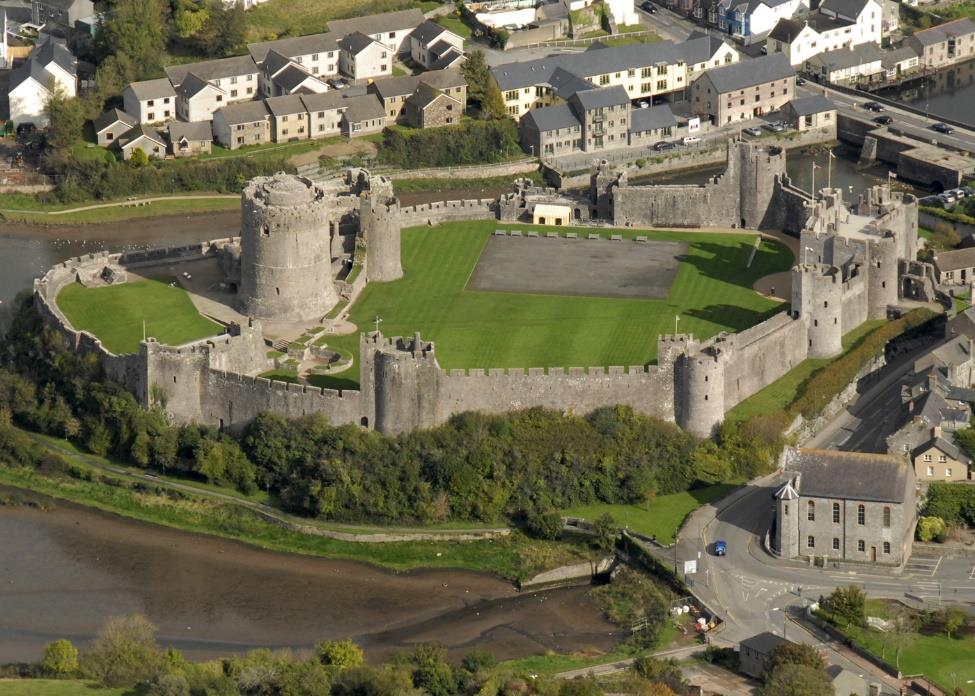
Pembroke Castle
Following the death of the
Welsh king, Rhys ap Tewdwr,
in 1093, the Norman baron,
Roger de Montgomery
invaded the deceased king's
lands in south-west Wales and
claimed them for himself. He
made his base at Pembroke
where he built a castle on a rocky promontory between the Pembroke River and the Monkton Pill.
Roger's sons lost the castle to the crown following a failed rebellion, and in 1138 the earldom of
Pembroke was created and
given, along with the castle,
to Gilbert de Clare. His son,
Richard 'strongbow', used
Pembroke as a base from
which to launch an invasion
of Ireland. On his death in
1176 he held the titles of Earl
of Pembroke and Striguil,
Lord of Leinster and Justiciar
of Ireland. However he died
without a male heir and the
castle reverted to the crown, who continued to use it as a convenient base from which to monitor
royal interests in Ireland.
Location: The castle is situated at the west end of Main Street in Pembroke
Address: Pembroke Castle, Pembroke, Pembrokeshire, SA71 4LA
Access: Open to the public. Admission fee £6.60
Website: For further information visit www.pembroke-castle.co.uk
142

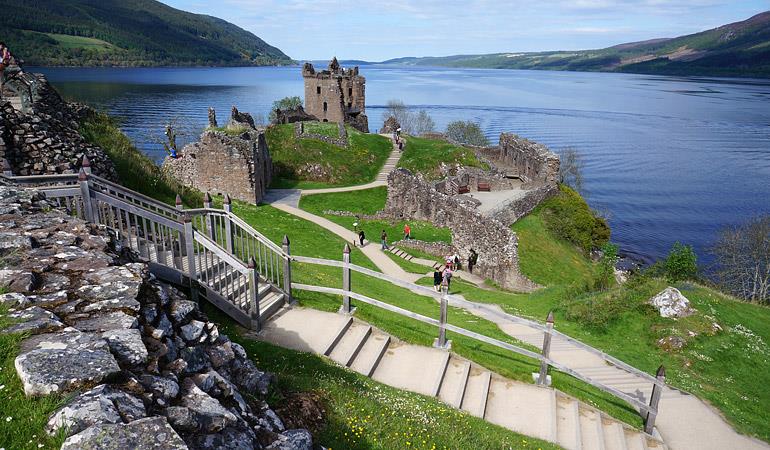


Urquhart Castle
Located on the shore of Loch
Ness, Urquhart Castle is one of
the more popular Scottish
castles, with visitors combining
an exploration of the ruins with
a bit of monster spotting from
its walls.
In 1288 the ‘Men of Moray’
rebelled against their king, Alexander II. By 1230, the king had crushed the uprising and brought in
men he could trust to control the rebellious region. One such man was Sir Thomas Durward who
was granted the lordship of
Urquhart. It was probably
his son, Alan, who built the
first castle on a promontory
on the banks of Loch Ness.
The natural defences
provided by the Loch were
supplemented by a rock-cut
ditch on the landward side.
When Alan died without a
male heir in 1275, the king
granted the estate to John
Comyn.
Location: On the shore of Loch Ness near Drumnadrochit on the A82, 16 miles (26km) south-west
of Inverness.
Address: Urquhart Castle, Drumnadrochit, Inverness, IV63 6XJ
Access: Historic Scotland. Open to public. Entrance fee £8.50 for non-members.
Website: For further information visit www.historic-scotland.gov.uk
143



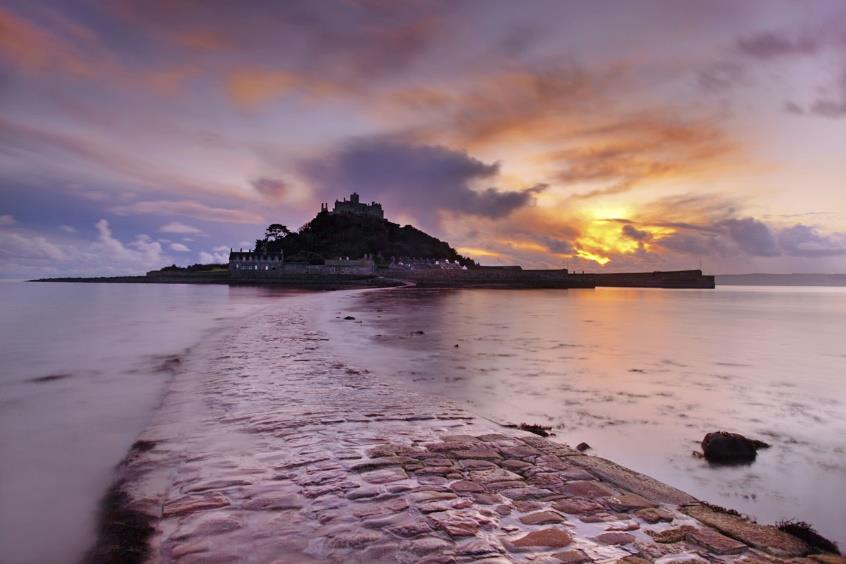
St. Michael’s Mount
The small isle of St. Michael's
Mount, accessible by foot when
the tide is out, has been home to
a priory, castle and stately home.
Bernard of Le Bec, Abbot of Mont
St. Michel in Normandy, built the
Benedictine Priory of St. Michael's
Mount in 1135. There is a similarity between the two islands, although St. Michael's Mount could
never match the scale and grandeur of
Mont St. Michel, and was only ever a
dependency of the Norman Abbey.
When King Henry V declared war on
France in the early 15th century, he
seized St. Michael's Mount for the
crown as an alien priory, and by 1424
all links between the two priories had
been broken.
Location: ½ mile south of A394 at Marazion. There is access on foot over the causeway at low tide
or, during summer months only, by ferry at high tide.
Address: St Michael's Mount, Marazion, Cornwall, TR17 OHT
Access: The National Trust. Open to the public. Admission fee from £9 to £12.50
Website: For further information visit www.nationaltrust.org.uk
144

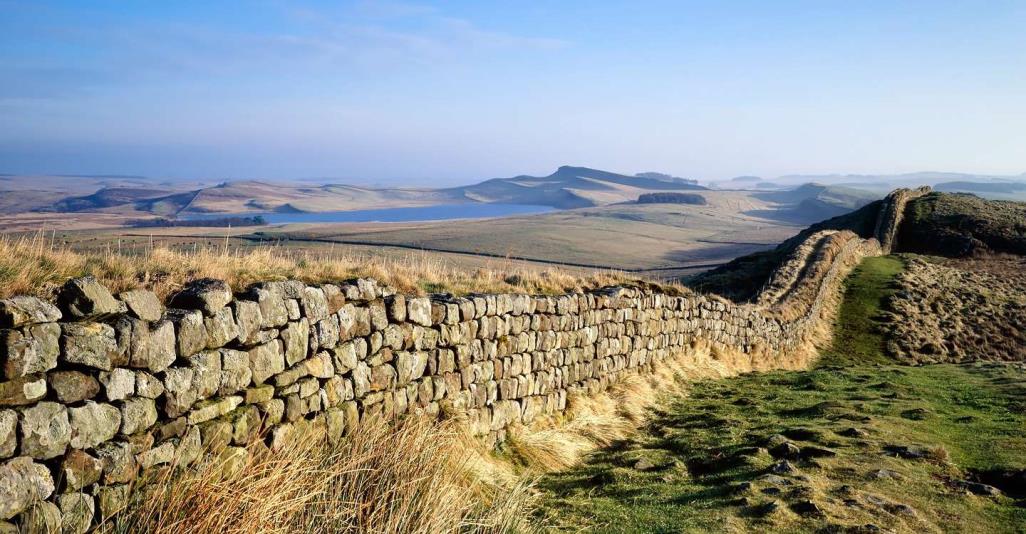

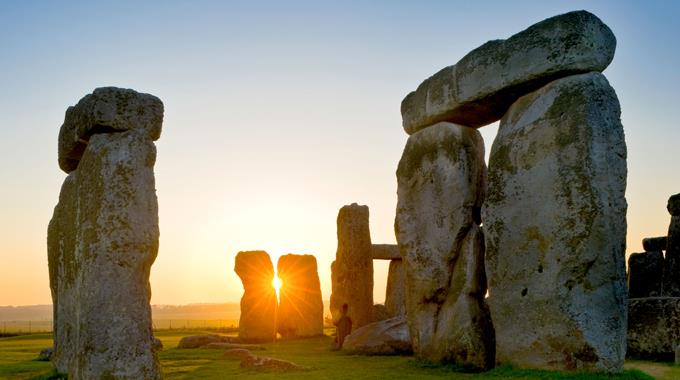
Ancient Structures
Stonehenge is not the
only pre-historic
building that exists in
the Great Britain. The
country has
experienced a lot of
history, thus there
are many remains
and traces of Celtic architecture various monuments that lead down to Iron Age and can be found
wherever one goes. It is not easy to choose the most optimal route to explore these ancient spots
as there is a wide selection of them.
Hadrian’s Wall
It’s the most
impressive if not the
most important
monument built by
the Romans in Britain.
The mighty wall once
ran uninterrupted
across the whole north
of England from Newcastle to Carlisle and today its impressive remains draw visitors from all over
the world.
As a reminder of the sheer power of the Romans in Britain, Hadrian's Wall has no equal. Designated
a World Heritage Site in 1987, visitors are treated to museums, forts, milecastles, temples and
turrets all along its 74 miles.
145

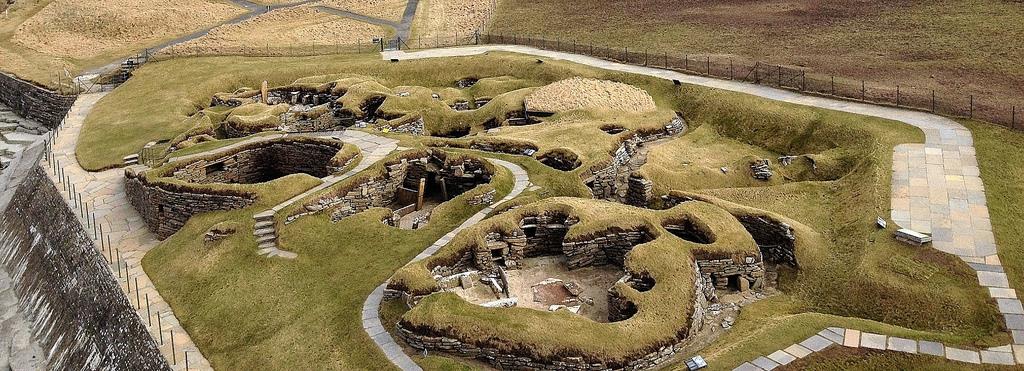

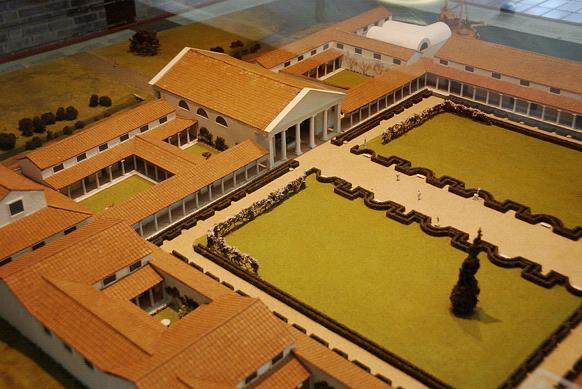
Skara Brae
The village of Skara
Brae lies on the shore
of the Bay of Skaill on
the west coast of
Orkney's Mainland
and is believed to be
over 3,000 years old.
Today it remains an astonishingly preserved ancient settlement. Thanks in part to Orkney's lack of
natural building materials (such as wood), the stone settlements can be viewed complete with their
stone beds and dressers - giving you an unparalleled and surprisingly vivid insight into the lives of
British ancestors.
Roman Palace of
Fishbourne
Discovered in 1960 during
the digging of a water
trench, this great Roman
palace continues to throw
up new insights into the
nature of Romano-British
culture.
Visitors to the site can
view the remains of the
palace (preserved under a special covering) and marvel at some of the finest mosaics in-situ
anywhere in the British Isles. There is also a museum and a preserved Roman garden.
146

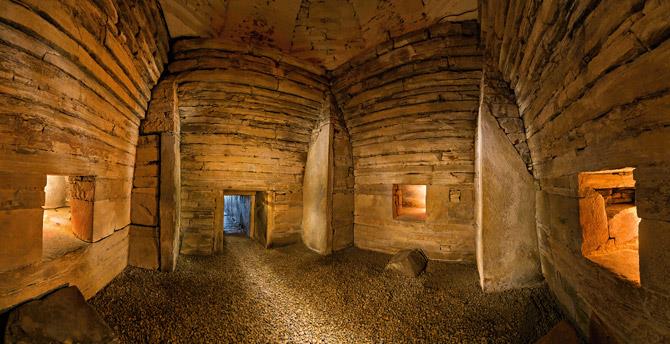

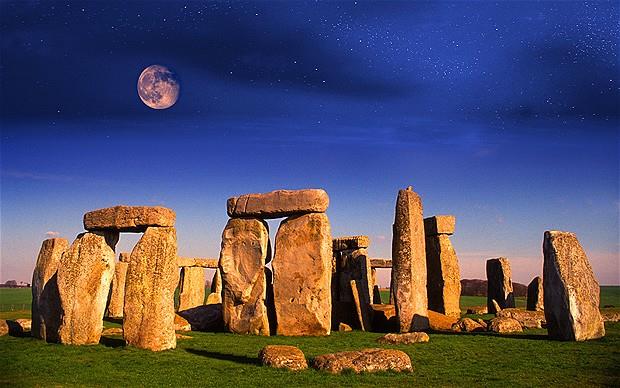
The Tomb of Maes Howe
It’s an ancient passage grave
dating to around 3000 BC -
and once inside a megalithic
marvel awaits.
The tomb is entered through a
low 9m long passage, with a
large swivelling blocking stone
still in place in its outer end. Climbing gently uphill you eventually enter the main chamber, which is
roughly square in shape and about 4.5m on each side.
The sides are made up of gently corbelled flat blocks, fitted superbly closely together, with huge
buttresses at each corner. Here and there you can see Viking runes - graffiti from a tomb raiding
party that left their calling card.
In the winter, around the time of the winter solstice, the setting of the sun lights the interior of the
tomb as it reaches its zenith. It makes for a moving experience in one of the most remarkably
preserved passage graves in the world.
Stonehenge
It’s one of the most important and certainly the
most famous set of standing stones in the world.
The debate still rages as to who constructed the
monoliths and for what purpose, (although a
general consensus has settled on 2,700 BC as a
rough date), but today they remain situated in a
vast plain for all to see, surrounded by the remnants of a rich megalithic landscape.
The enigmatic stones engender a sense of reverence in the millions of people who visit them. It's a
truly impressive sight - the closer you get to the huge standing stones the more incredible the feat
achieved by our ancient ancestors appears.
For some, Stonehenge is a place where the imagination can be fired, whilst others hold it to be a
sacred place. But whatever your viewpoint and whatever its original purpose, Stonehenge remains
as one of our most intriguing ancient monuments.
147

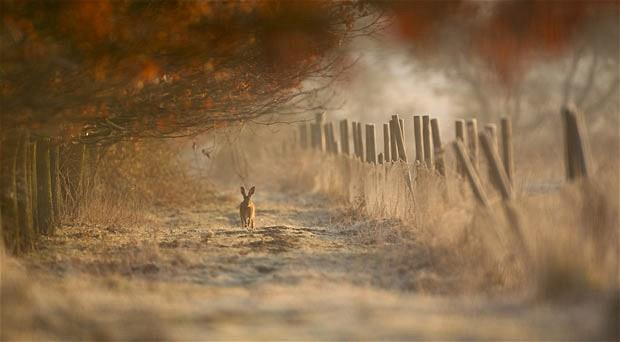


Parks
Like every country should, Britain has put much effort into preserving the natural habitat. The wild
flora and fauna of this country is quite rich and in order to be that way there are many parks all
around it like Wildlife Preservation Areas, National Parks and so much more. If you feel tired of
looking for certain objects and places to visit or just prefer seeing the natural face of the country
and spending quite a bit of time there, this section of Chapter 5 was made specially for you.
Please have regard for the environment, respect the hard work of the National Park workers and
follow the local rules. We all live under the same sky after all. Thank you for your co-operation.
148

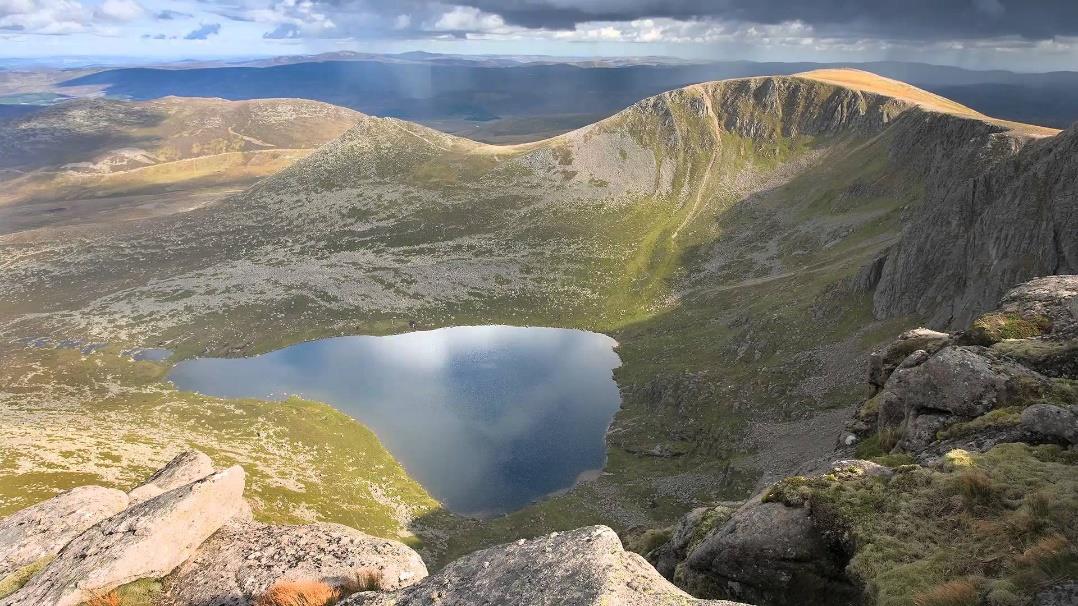

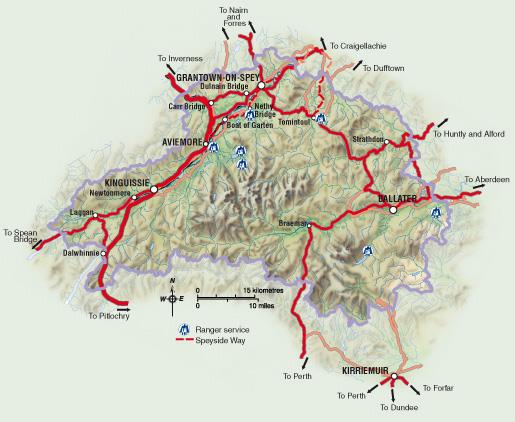
Cairngorms
Britain's largest
National Park
containing its highest
mountain range and
its biggest native
forests; spectacularly
clean rivers and lochs;
moorland and
farmland and a
stronghold for Britain's
wildlife.
There are lots of amazing
places in the UK which all
have something special
about them, but the
Cairngorms, Britain's
largest National Park has
lots of them all in the
one place!
There is something for
everyone from castles,
distilleries and gentle
strolls to fun parks, quad
bikes and extreme sports. The Cairngorms contain some of the best wildlife habitats in the UK.
Ancient pine forests, arctic mountain tops, lochs, rivers and moorland are home to a quarter of the
UK's threatened species. If history's your bag, Highland traditions are still very much alive in
amongst a rich cultural heritage. Nowhere else in the British Isles can visitors enjoy such a collection
of outstanding environments in one place in such a variety of different ways.
Location: Cairngorms, Scotland, Moray, Aberdeenshire, Highland, Angus, Perth and Kinross
Price: Free
Website: http://visitcairngorms.com/
149

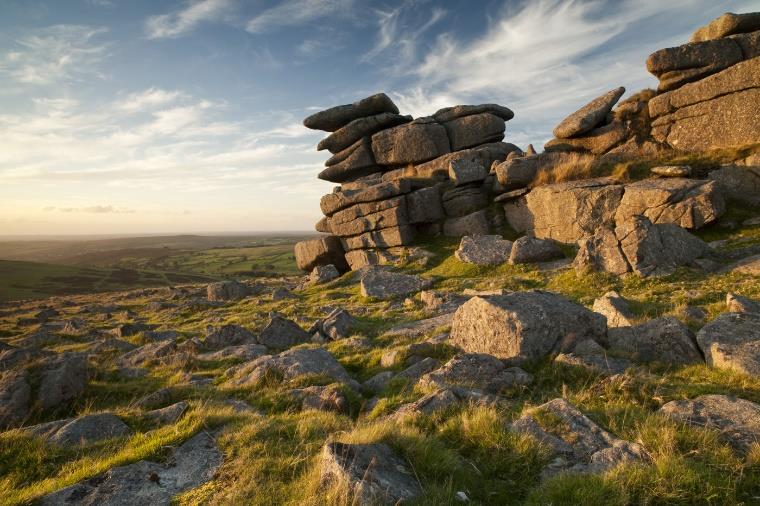


Dartmoor
Heather-covered moorland, rocky granite
tors, stone circles and medieval villages,
iconic Dartmoor ponies, and vibrant villages
with traditional events.
Key areas of interest include the variety of
walking and cycling routes for all abilities,
internationally important archaeology,
including longest stone row in the world, making it an inspirational location for films, books and
music. It’s also the only National Park in England to allow wild camping and it’s less than an hour
from Exeter and Plymouth.
Location: Devon
Price: Free
Website: http://www.dartmoor.gov.uk/
Snowdonia
Dominated by the impressive Snowdonia
mountain range, discover picturesque
villages, steep river gorges and waterfalls
and a coastline of fine sandy beaches. The
title came from Snowdon, the highest
mountain in Wales. Apart from that, it is full
of rich and varied landscapes including
wooded valleys, historic castles, peatlands
and moorlands. It also has 23 miles of coastline with sand dune backed beaches. Be aware that half
of the people there speak Welsh. You can reach Snowdonia just by a 2-hour drive from Manchester.
Location: Wales
Price: Free
Website: http://www.eryri-npa.gov.uk/home
150

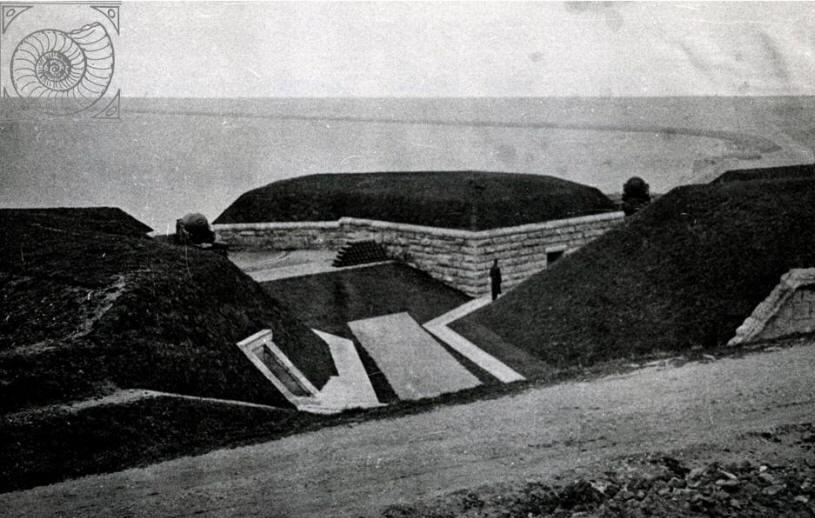
Specific Purpose Buildings
A castle, mansion or some ancient ruins are not the only examples of interesting buildings that are
worth one‘s attention. All across the Great Britain there are numerous old buildings that were built
for particullar reasons. Whether it is an abandoned Cornish Mining Tower or some Victorian Age
Factory or even an abandoned house - all of them have an intriguing history.
WARNING: Most of these abandoned sites may have been purposely sealed off from public
access. Enter at your own risk. Stay safe. Don’t do anything stupid.
East Weare Camp
East Weare Camp is a derelict
and disused detention barracks
on the Isle of Portland in Dorset,
England. It is locally referred to
as The Forbidden City. It is
located within the East Weares
area of the island, overlooking
Portland Harbour, and situated
below the cliffs of the eastern
side of the Verne Citadel.
The site originally served the East Weare Battery which lies 200 feet below. Within the battery area
is also the DISTEX site (Disaster Relief Exercise). This part was built within the battery, for the use of
the Royal Navy to conduct training. The majority of the battery, DISTEX site and East Weare Camp
remain on private property of Portland Port Ltd, and have not been opened to the public.

















































